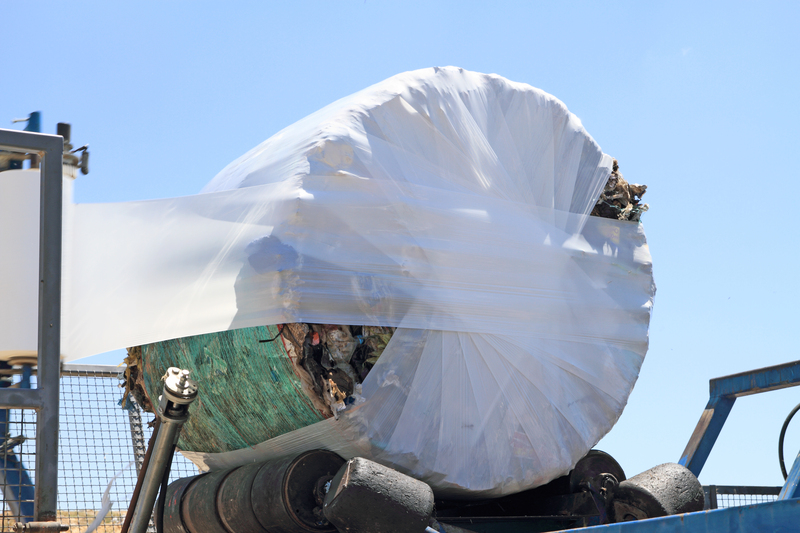
Innovative Ways to Combat Microplastic Pollution
Microplastic pollution has emerged as a significant threat to marine life, wildlife, and human health. As tiny particles less than 5mm in size, microplastics are pervasive in the environment, making them difficult to manage. However, innovative solutions are being developed worldwide to tackle this pressing environmental issue. This article explores creative and effective methods to battle microplastic pollution.
Understanding Microplastics: A Primer
Microplastics are divided into two main categories: primary and secondary microplastics.
- Primary microplastics: These are intentionally manufactured in small sizes to make products like face scrubs, toothpaste, and other cosmetics.
- Secondary microplastics: These form from the degradation of larger plastic items due to UV rays, environmental abrasion, or other physical processes.
Understanding these classifications helps in formulating targeted approaches to combat their spread in the ecosystem.
Biodegradable Alternatives to Conventional Plastics
One forward-thinking approach is the development of biodegradable plastics. These plastics degrade more easily than traditional plastics and are often made from renewable resources, reducing dependency on fossil fuels.
Current Advancements in Biodegradable Plastics
- Polylactic Acid (PLA): Produced from corn starch, PLA can decompose into natural byproducts like water and carbon dioxide in controlled composting environments.
- Polyhydroxyalkanoates (PHA): These are produced by microbial fermentation of sugars and lipids. PHAs are biocompatible and environmentally friendly alternatives to many synthetic plastics.
Innovative Filtration Systems
Advanced filtration technologies are pivotal in curbing microplastic pollution in aquatic environments and domestic sources.
Nanofiber Filters
Nanofiber technology is at the forefront of developing filtration systems that can effectively capture microplastics from wastewater before they reach natural water bodies. These filters utilize a dense network of nanofibers to trap particles as small as one micrometer.
Washing Machine Filters
Domestic washing machines release a significant amount of microplastics in the form of fibers from synthetic clothing. Companies are producing filters that can be attached to washing machines, capturing these fibers effectively before they enter the sewage system.
Public Policies and Regulations
Governments and international organizations play a critical role in regulating and managing microplastic pollution.
Legislation on Microbeads
Many countries have banned microbeads in cosmetic products, recognizing their harmful impact on waterways. Continued advocacy is necessary to expand these regulations globally.
Comprehensive Waste Management Practices
Strengthening waste management frameworks enables better control over plastic waste. Proper recycling processes, along with incentives for reduced plastic use, can significantly diminish the influx of plastics into the environment.
Community and Consumer Initiatives
Public awareness and community-driven actions are powerful tools in the fight against microplastics.
Educational Campaigns
Raising awareness about the effects of microplastics can drive changes in consumer behavior. Programs teaching the importance of reducing plastic use and promoting sustainable alternatives are critical.
Beach Clean-Ups
Organized beach clean-ups not only physically remove plastics from the environment but also build community engagement and consciousness regarding pollution problems.
Technological Innovations and Research
Research labs and startups are creatively using technology to develop effective solutions for microplastic pollution.
Microplastic Sampling Drones
Drones equipped with high-resolution cameras and samplers can survey and collect data more efficiently over large bodies of water. This technology assists in identifying hotspots for targeted clean-up operations.
Bioremediation Techniques
Researchers are exploring the potential of microbial enzymes that can digest plastics into harmless byproducts. Bioremediation offers a promising natural alternative to chemical degradation processes.
Conclusion: Collective Action for a Plastic-Free Future
Tackling microplastic pollution requires a multifaceted approach including technological innovation, public policy, and community involvement. By embracing these innovative solutions, we can work towards a healthier, cleaner planet. Further investment in research and sustained public engagement are crucial to driving progress in this area.
Incorporating sustainable practices in our daily lives and supporting legislation that addresses plastic pollution will enable us to make significant strides in combating this environmental challenge. Together, we can achieve a significant reduction in microplastic pollution and ensure the protection of our planet's ecosystems for future generations.
